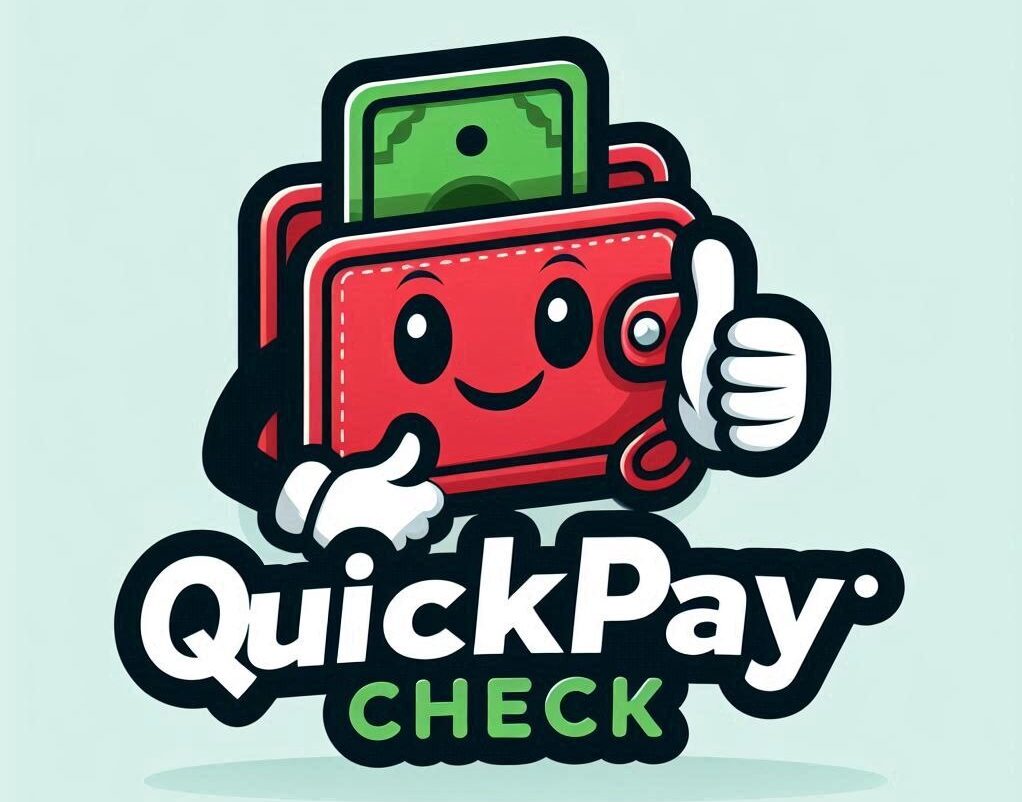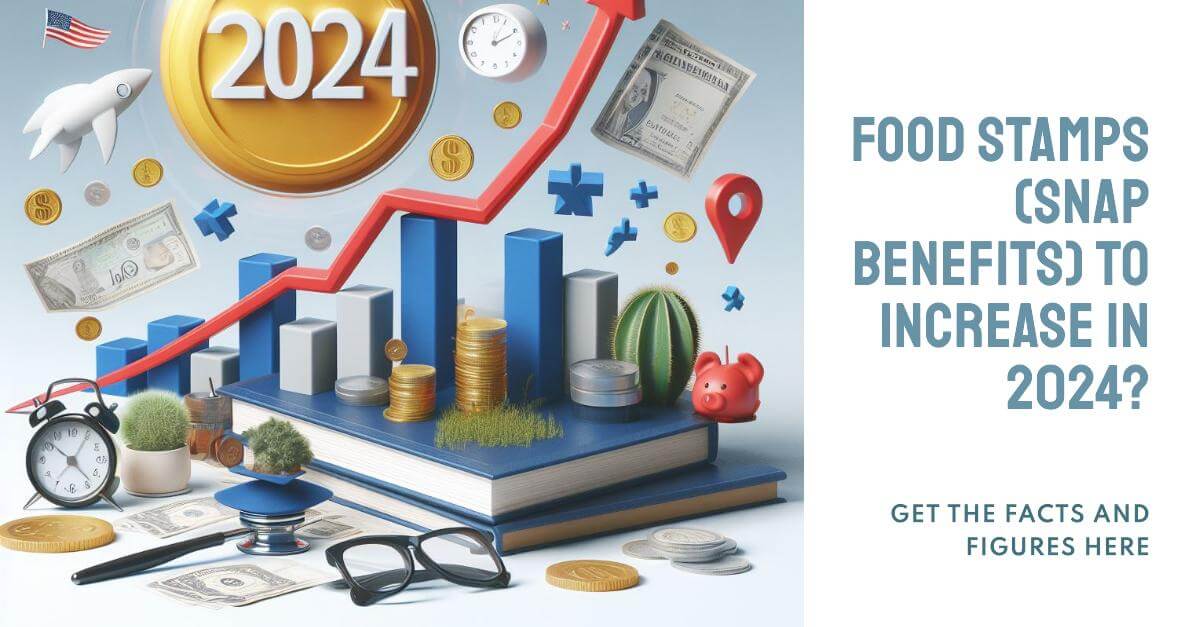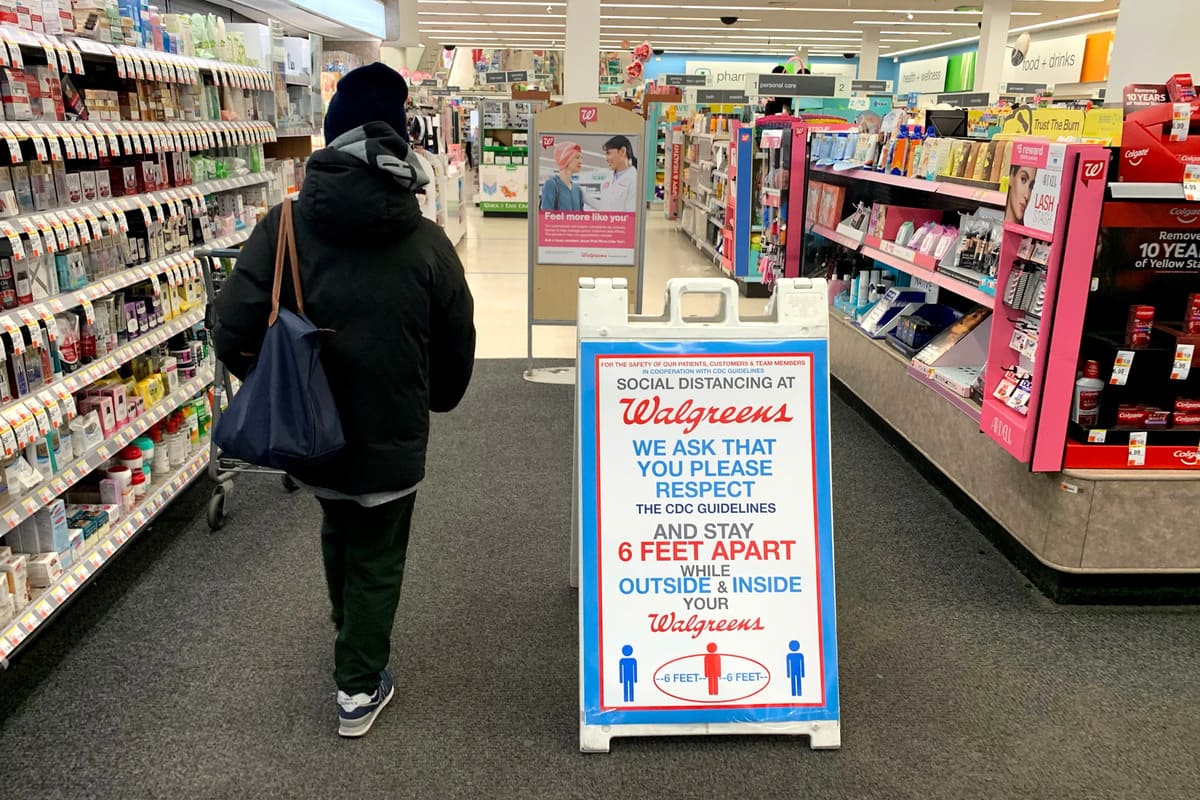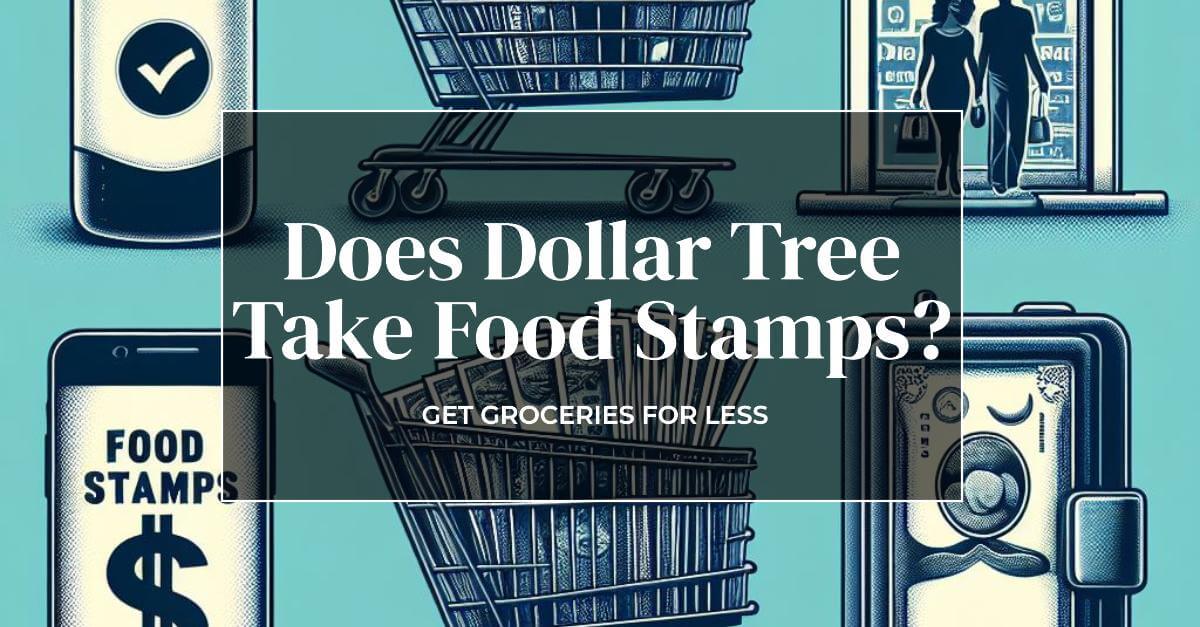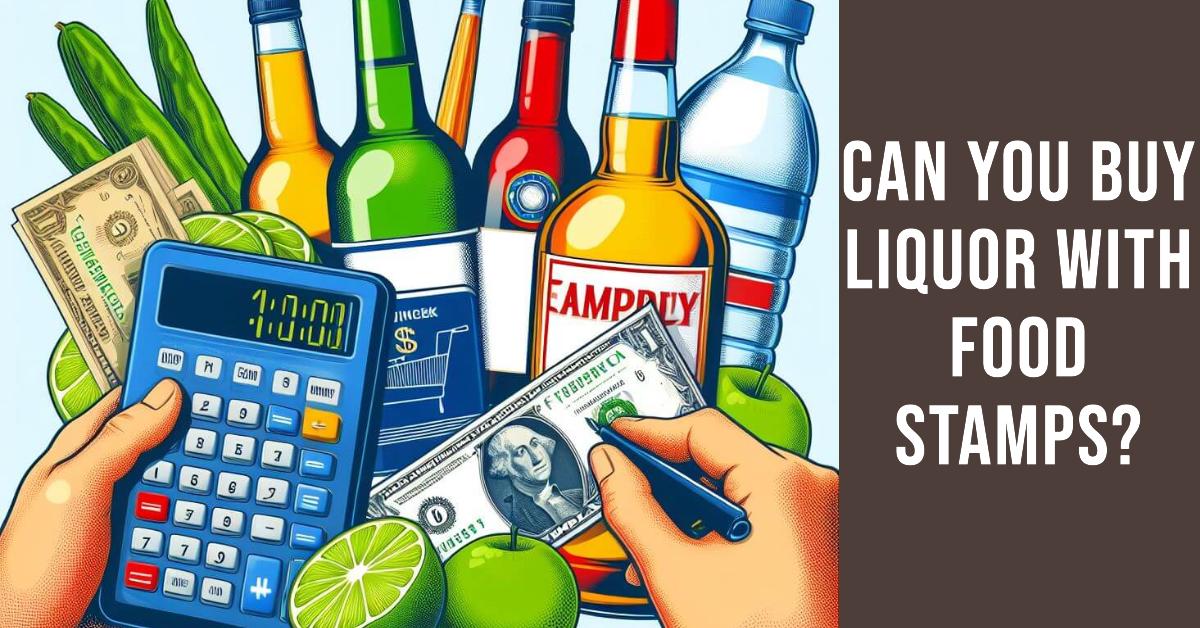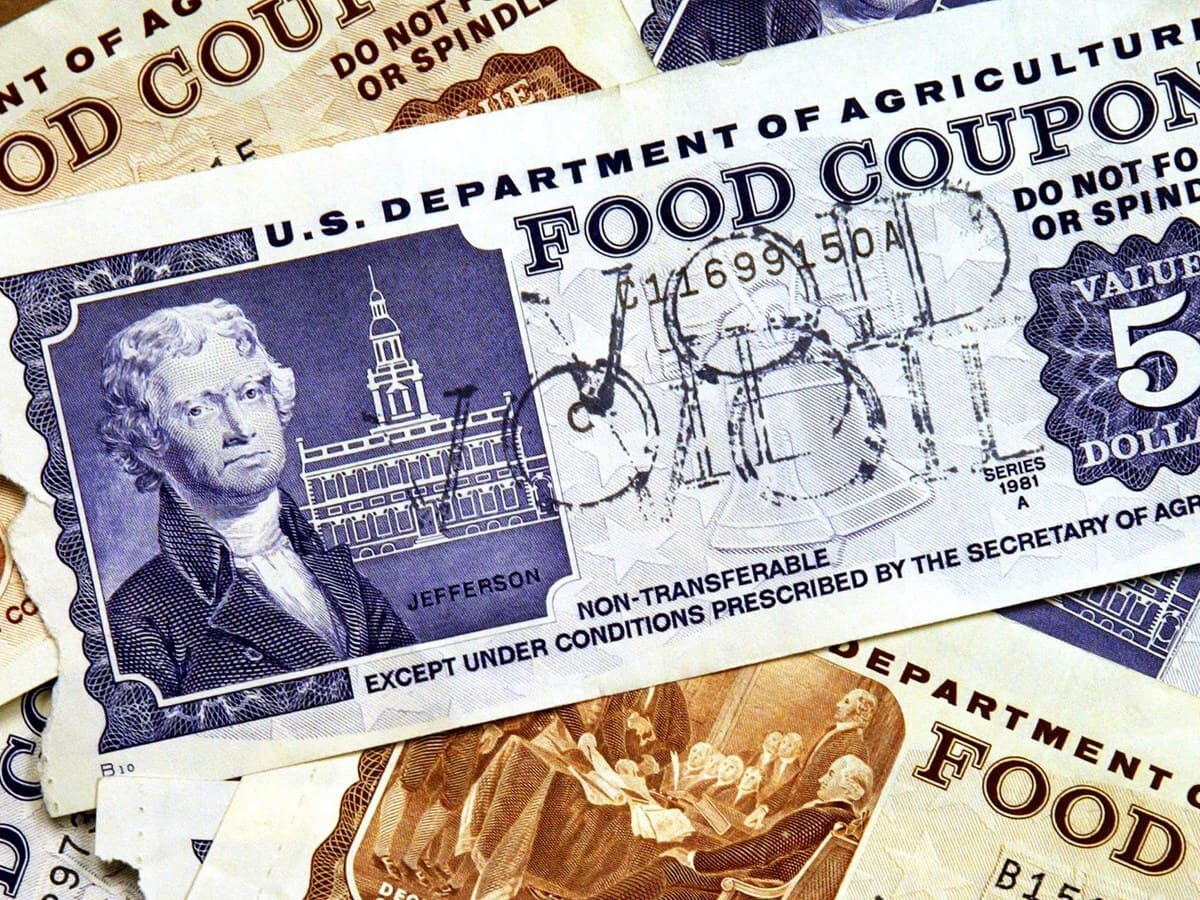The Supplemental Nutrition Assistance Program (SNAP), commonly known as food stamps, provides crucial assistance to millions of low-income families across the United States. With rising costs of living, many recipients are wondering: will food stamps increase in 2024? This post will explore the potential for a SNAP benefit increase next year, covering topics like the Cost of Living Adjustment (COLA), maximum benefit amounts, eligibility changes, state variations, and how to apply.
The Supplemental Nutrition Assistance Program (SNAP) is a federal program that helps low-income households purchase nutritious food. In 2022, over 41 million Americans relied on SNAP benefits to afford groceries. As living costs continue to rise, an increase in food stamp allotments could greatly impact the lives of millions struggling to make ends meet.
So, let’s dive into the key aspects surrounding a potential SNAP benefit hike in 2024:
What Are SNAP Benefits and Who Qualifies?
SNAP, formerly known as the Food Stamp Program, provides monthly benefits to eligible low-income individuals and families. These benefits are loaded onto an Electronic Benefits Transfer (EBT) card, which can be used like a debit card to purchase food at participating retailers.
Eligibility for SNAP is primarily determined by a household’s size and income level. To qualify, a household’s gross monthly income must be at or below 130% of the federal poverty line, and their net monthly income (after allowable deductions) must be less than or equal to 100% of the poverty line.
For instance, in fiscal year 2024 (October 2023 – September 2024), the gross monthly income limit for a three-person household is $2,694 in the 48 contiguous states, District of Columbia, Guam, and the Virgin Islands.
In addition to income requirements, SNAP has asset limits – a household’s countable resources (such as cash and money in bank accounts) must not exceed certain thresholds, which vary based on factors like age and disability status.
Cost of Living Adjustment (COLA) for SNAP Benefits

One of the main factors that determine potential increases in SNAP benefits is the Cost of Living Adjustment (COLA). The USDA applies an annual COLA to account for inflation and ensure that benefit amounts keep up with rising food costs.
In recent years, SNAP benefits have seen COLA-based increases:
- In October 2022, maximum benefits increased by around 12.5% due to inflation.
- In October 2023, benefits rose by 3.2% as part of the fiscal year 2024 COLA.
The COLA for fiscal year 2025 (and thus, the potential SNAP increase for 2024) has not been announced yet. However, many experts anticipate another benefit hike to counteract persistent inflation and higher grocery prices.
Maximum SNAP Benefit Amounts for 2024
Here are the current maximum monthly SNAP benefit amounts for fiscal year 2024 (valid from October 1, 2023, through September 30, 2024) in the 48 contiguous states and District of Columbia:
- For a 1-person household: $291
- For a 2-person household: $535
- For a 3-person household: $766
- For a 4-person household: $973
- For a 5-person household: $1,155
- For a 6-person household: $1,386
- For a 7-person household: $1,532
- For an 8-person household: $1,751
- For each additional person: $219
These amounts represent an increase from the previous fiscal year’s maximums. For example, the maximum allotment for a four-person household rose from $939 in FY 2023 to $973 in FY 2024 – a 3.6% hike.
Households with higher expenses (like housing costs or medical bills) may be eligible for higher SNAP benefits through deductions. Actual benefit amounts vary based on household circumstances like income, expenses, and size.
Changes to SNAP Income Limits and Eligibility in 2024

Aside from potential benefit increases, there are also some key changes to SNAP income limits and eligibility requirements taking effect in 2024 due to the Fiscal Responsibility Act signed in June 2023.
One major change is the gradual expansion of work requirements for “able-bodied adults without dependents” (ABAWDs) – individuals aged 18-49 who do not have children or disabilities. Starting in October 2024, the age range for ABAWDs will increase from 18-49 to 18-54.
ABAWDs must work, participate in a work program, or combine work and program hours for at least 80 hours per month to maintain SNAP eligibility for longer than 3 months over a 36-month period. There are some exceptions for veterans, homeless individuals, pregnant women, and others.
Additionally, the income eligibility thresholds for SNAP may be adjusted based on inflation and federal poverty guidelines each year. It’s important for recipients to stay updated on any changes that could impact their benefit amount or eligibility status.
State-by-State Variations in SNAP Benefit Increases
While SNAP is a federal program, states can request waivers or make modifications to certain aspects, which can result in differences in benefit allotments across states.
For example, in fiscal year 2024, the maximum SNAP benefit for a 4-person household is:
- $973 in the 48 contiguous states and D.C.
- $1,248 to $1,937 in Alaska
- $1,759 in Hawaii (lower than the previous year)
Factors like regional food costs and other state-specific considerations can lead to variations in how SNAP benefit increases are applied. Recipients should check with their state’s SNAP agency for the most accurate, up-to-date information on local benefit amounts.
Applying for SNAP Benefits in 2024
If you think you may be eligible for SNAP in 2024, it’s recommended to apply as soon as possible to take advantage of any potential benefit increases. The application process is handled by state agencies, typically through your local social services office.
When applying, you’ll need to provide documentation like proof of income, expenses, identification, and more. An interview with a caseworker is also usually required to verify eligibility details.
Many states now allow you to apply for SNAP benefits online or over the phone in addition to in-person applications. Check your state’s SNAP website or contact your local office for specific application instructions and required documents.
Additional Resources for SNAP Recipients in 2024
While SNAP benefits are extremely helpful, many low-income households may still need further assistance. Here are some additional food-related resources that could be beneficial in 2024:
- Food Banks and Pantries: Organizations like Feeding America operate food banks nationwide that distribute groceries to those in need.
- WIC: The Special Supplemental Nutrition Program for Women, Infants, and Children (WIC) provides nutritious foods, nutrition education, and healthcare referrals to low-income pregnant/postpartum women, infants, and children up to age 5.
- School Meal Programs: The National School Lunch Program and School Breakfast Program ensure children from low-income families have access to free or reduced-price nutritious meals.
- SNAP Employment & Training: Many states offer job training and work support services through SNAP E&T programs to help recipients gain skills and find employment.
Be sure to inquire about these and any other relevant assistance programs when applying for or renewing your SNAP benefits.
In Conclusion
As this post illustrates, a SNAP benefit increase in 2024 is likely, though the exact amount will depend on factors like the annual Cost of Living Adjustment and potential changes to eligibility guidelines. The maximum food stamp allotment for fiscal year 2024 has already seen a modest hike compared to 2023.
However, persistent inflation and rising grocery costs could necessitate a more substantial SNAP benefit boost next year to ensure the program continues providing adequate nutritional assistance to America’s low-income families and individuals. Stay tuned for updates, and be sure to review your state’s SNAP information for the latest details on benefit amounts, income limits, and application processes for 2024.
